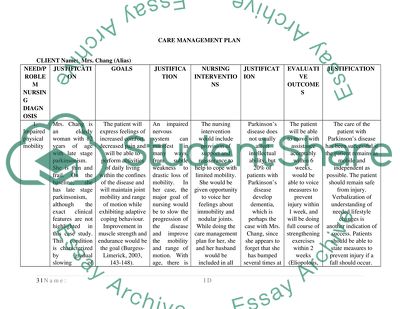Cite this document
(“Case Management Plan (Nursing) Essay Example | Topics and Well Written Essays - 2500 words”, n.d.)
Retrieved from https://studentshare.org/miscellaneous/1519088-case-management-plan-nursing
Retrieved from https://studentshare.org/miscellaneous/1519088-case-management-plan-nursing
(Case Management Plan (Nursing) Essay Example | Topics and Well Written Essays - 2500 Words)
https://studentshare.org/miscellaneous/1519088-case-management-plan-nursing.
https://studentshare.org/miscellaneous/1519088-case-management-plan-nursing.
“Case Management Plan (Nursing) Essay Example | Topics and Well Written Essays - 2500 Words”, n.d. https://studentshare.org/miscellaneous/1519088-case-management-plan-nursing.


